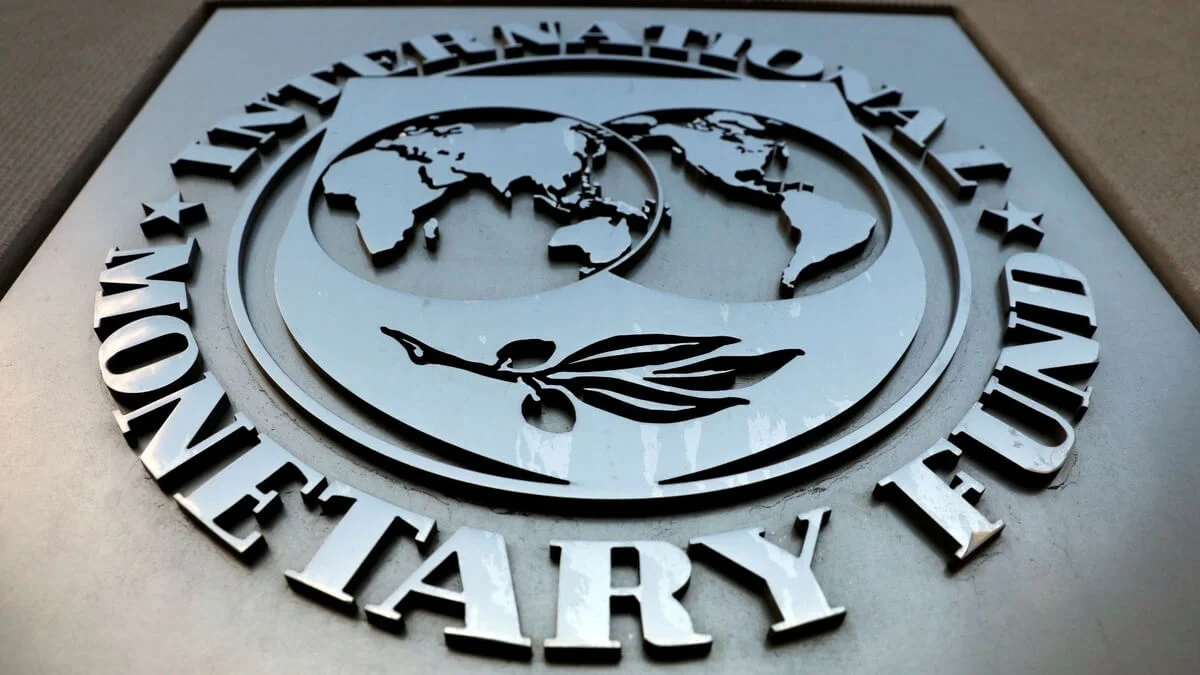IMF Proposes ‘REDI’ Framework for CBDC Adoption: What It Means

Report Recommends Recognizing CBDCs as Legal Tender Alongside Traditional Fiat
IMF’s REDI Framework Aims to Facilitate CBDC Adoption
India, along with several other nations, is actively exploring the integration of Central Bank Digital Currencies (CBDCs) into their financial infrastructures. As part of these global efforts, the International Monetary Fund (IMF) recently unveiled a framework intended to encourage widespread adoption of CBDCs. This new proposal, known as REDI, stands for Regulation, Education, Design and Deployment, and Incentives. The IMF’s latest report highlights the increasing significance of CBDCs as a policy tool, particularly in promoting financial inclusion across various economies.
Challenges in CBDC Adoption
While the potential benefits of CBDCs are clear, the IMF acknowledges that their implementation presents a unique set of challenges. Despite ongoing trials in several countries, the adoption rate remains low, in part due to the complexities of introducing a new digital payment system alongside existing financial structures. The IMF’s report emphasizes that for CBDCs to gain traction, they must address concerns around usability, security, and interoperability with current systems. As only a few countries have successfully begun testing these digital currencies, there is still much to learn about their potential and limitations.
The Importance of Regulation
A key component of the REDI framework is regulation. The IMF stresses that any CBDC ecosystem must be carefully regulated to ensure the safety and integrity of financial transactions. Regulatory oversight is necessary to prevent misuse and maintain trust in the digital currency, particularly in terms of safeguarding consumer data and financial privacy. The IMF suggests that intermediaries, such as banks and payment service providers, should play a role in monitoring and facilitating CBDC transactions to ensure compliance with national and international financial laws.

Legal Tender Status for CBDCs
One of the more significant recommendations from the IMF is the proposal that CBDCs should be recognized as legal tender alongside traditional fiat currencies. By granting CBDCs the same legal status as physical cash, governments can encourage broader public acceptance and integration into everyday transactions. This move could also provide a smoother transition for citizens and businesses as they adapt to digital payments. The report emphasizes that legal recognition is a crucial step in ensuring CBDCs are widely accepted as a legitimate and reliable form of currency.
Design and Deployment Considerations
Design and deployment form another vital pillar of the REDI framework. The IMF stresses the importance of designing CBDCs to be user-friendly, secure, and compatible with various payment infrastructures. Proper design ensures that digital currencies meet the needs of diverse populations, from tech-savvy users to those in underserved areas. Deployment strategies should focus on seamless integration with existing financial systems to minimize disruptions during the transition from traditional to digital currency systems. Ensuring that CBDCs are easy to access and use is key to encouraging widespread adoption.
Incentives to Boost Adoption
The final component of the REDI framework is incentives. The IMF suggests that governments should offer incentives to both consumers and businesses to encourage the adoption of CBDCs. These incentives could take the form of tax benefits, subsidies, or other financial rewards that promote the use of digital currency for everyday transactions. By incentivizing adoption, governments can accelerate the transition to digital currencies and overcome initial reluctance or resistance to change. The combination of regulation, education, thoughtful design, and incentives is expected to create an environment conducive to the successful integration of CBDCs into the global financial system.





















